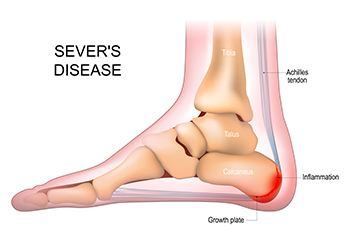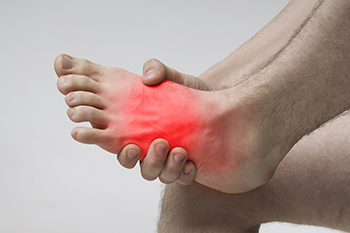
Plantar warts, also known as verruca warts, are a common skin condition caused by the human papilloma virus, or HPV. While there are over 100 different strains of HPV, only a select few cause warts on the feet, with the others are more likely to affect hands, face, or genitals. Plantar warts often appear on weight-bearing areas, like the heels, due to their contagious nature. Although they are generally not a serious health concern, the discomfort caused by plantar warts can be quite painful, especially given their location on the sole of the foot. Warts can go away on their own, but plantar warts may require active treatment and removal, which can vary in duration. A chiropodist can offer several treatment options, such as microwave technology or freezing them off with cryotherapy. In some cases, warts may clear up without such intervention, but ignoring severe plantar warts can lead to prolonged discomfort and changes in posture or gait. Further, the virus can spread to other body parts and even be transmitted to other people. If you or your child has been infected with plantar warts, it is suggested that you make an appointment with a chiropodist for treatment options.
Plantar warts can be uncomfortable or even painful. If you’re suffering from warts on your feet, please consult with one of the chiropodists from The Footcare Centre. Our chiropodists can help you maintain the health of your lower limbs and your mobility.
What Does a Plantar Wart Look Like?
Plantar warts are fleshy growths that generally have a rough, grainy texture. They may look and feel like a callus and are usually small and can grow individually or in clusters. Plantar warts may have small, black dots at their center that are actually tiny blood vessels. Warts interrupt the natural lines of your skin.
Treatment Options
Salicylic acid - A chemical solution applied directly to the wart
Cryotherapy - Freezing the wart off with liquid nitrogen
Minor surgery - Removing the wart through excision
Laser treatment - A concentrated beam of light is used to remove the wart
Wearing comfortable shoes and socks to avoid irritating the wart
Over-the-counter medications for pain relief
Patches to keep pressure off the warts
Plantar warts can go away on their own, but this may take several months to years. If your plantar warts are bothering you, seeking medical treatment is suggested. If you have any questions, please feel free to contact our office located in . We offer the newest diagnostic and treatment technologies for all your foot care needs.









